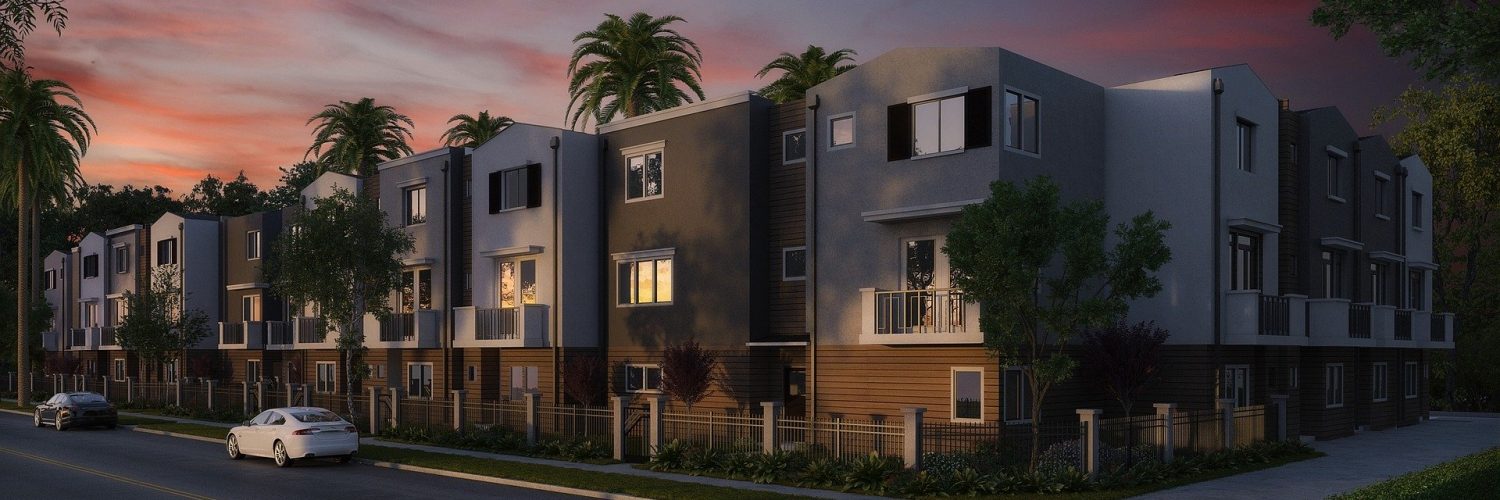Gap funding for real estate investors is one avenue of obtaining money that can help leverage the existing capital available. In fact, when combining gap funding with a hard money loan it is very possible to get into a property with little or even no cash out of pocket.
Gap funders are typically private individuals who are willing to invest money in short term rehab projects for a nice return. These returns can fall out into a very wide range. Some gap funders want participation in your transaction. Participation means they are participating in the profits, so essentially they are stepping in as an equity partner, and in return are taking a percentage of whatever profit there is (typically this starts at a 50-50 split).
 Other gap funders will take a flat rate of return. This means that no matter how long their money is out for, their return is the same. For example, if a gap funder were to loan $50,000 with a flat return of 20%, they would be paid off a total of $60,000 when the property sells. This represents the original $50,000 principal that they loaned, plus 20%, or $10,000, for a total of a $60,000 payoff.
Other gap funders will take a flat rate of return. This means that no matter how long their money is out for, their return is the same. For example, if a gap funder were to loan $50,000 with a flat return of 20%, they would be paid off a total of $60,000 when the property sells. This represents the original $50,000 principal that they loaned, plus 20%, or $10,000, for a total of a $60,000 payoff.
Yet another way gap funders will set up their terms is annualized interest. This means that you are paying interest for the period of time that the money is out. So if we use our example above, 20% interest on an annualized return for a $50,000 loan, the gap funder would be making $833.33 per month ($50,000 principal times 20% interest, divided by 12 due to the fact that it is annualized). So if you paid 20% annualized interest on $50,000 and paid it off in 6 months, you would pay a total of $55,000 ($50,000 principal, plus $5,000 in interest).
In addition to these typical ways gap funders charge for their money, they can also combine and mix or match to come up with a solution that fits for them. I’ve seen gap funders take a flat percentage plus a small participation (10% for example) cut. I’ve seen blended interest, so there is a flat rate of return plus an annualized rate. In this example, they might take 10% flat and 12% annualized, so each month the money is out it costs 1%.
For a great calculator to help calculate the different ways gap funding can be set up, check out our rehab profit calculator. It is meant for transactions that are utilizing both hard money and gap financing. In addition, you can factor in rehab costs, holding costs, selling costs, etc. It is a quick way to get a good picture of whether a particular transaction is going to be profitable or not.
Having a good overview of your options when looking for gap funding is very important as it can be highly negotiable. This is especially true when there is a high quality project on the table that brings with it a good profit margin.
For those searching for alternative financing on real estate investment property, you can contact me directly at 877 462 3422, or visit me on the web at http://acalending.com.
